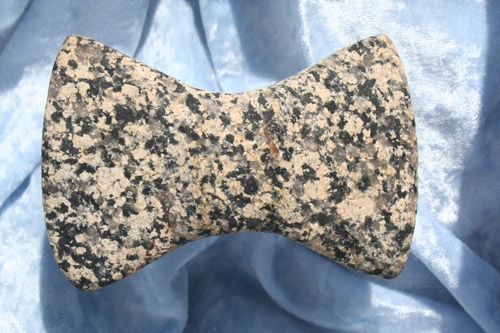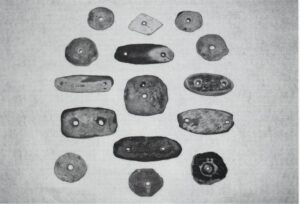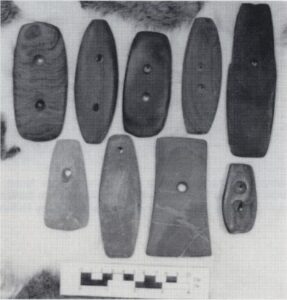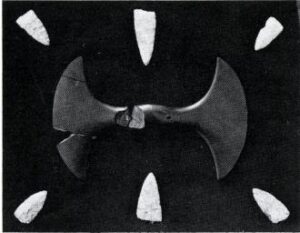What is a bannerstone?
A bannerstone is a small stone artifact that has been found at archaeological sites around the world. These artifacts are typically made of stone, such as flint or slate, and are often intricately carved or shaped. The exact purpose of bannerstones is still a subject of debate among archaeologists, as there is limited evidence to suggest their specific function. However, they are believed to have held some significance in ancient cultures, possibly as ceremonial or symbolic objects. The study of bannerstones provides valuable insights into the beliefs and practices of ancient civilizations, and continues to intrigue archaeologists and historians alike.
The significance of bannerstones in archaeology.
Bannerstones hold great significance in the field of archaeology as they provide valuable insights into the beliefs and practices of ancient civilizations. While the exact purpose of these small stone artifacts is still debated among experts, they are believed to have had ceremonial or symbolic importance. The intricate carvings and shapes of bannerstones suggest that they were not simply utilitarian tools, but rather objects of cultural significance. By studying bannerstones, archaeologists are able to gain a deeper understanding of the ancient cultures that created them and the rituals or ceremonies in which they may have been used. The mystery surrounding bannerstones continues to captivate archaeologists and historians, making them an important area of research in the field of archaeology.
Examples of bannerstones from different archaeological sites.
Bannerstones have been discovered at various archaeological sites around the world, providing valuable insights into different ancient cultures. One notable example is the Cahokia site in present-day Illinois, USA. Excavations at Cahokia have uncovered numerous bannerstones, suggesting their significance in the religious and ceremonial practices of the Mississippian culture. These bannerstones often feature intricate carvings and unique shapes, indicating their importance in rituals and ceremonies. Another example comes from the ancient Mayan civilization in Mesoamerica. Archaeologists have found bannerstones in Mayan archaeological sites, such as Tikal and Copan. These bannerstones are often made from jade or other precious stones and are adorned with intricate carvings depicting Mayan deities and symbols. They are believed to have been used in religious ceremonies and may have held symbolic importance in Mayan society. In Europe, bannerstones have been discovered at various Neolithic sites, such as Stonehenge in England and Carnac in France. These bannerstones, made from materials like flint or stone, are often found in burial sites, suggesting their association with rituals and beliefs surrounding death and the afterlife. These examples highlight the diverse range of bannerstones found in different archaeological contexts, providing valuable clues about the beliefs and practices of ancient civilizations. By studying these artifacts, archaeologists are able to piece together the puzzle of the past and gain a deeper understanding of the cultural significance of bannerstones.
The role of bannerstones in understanding ancient societies.
Bannerstones play a crucial role in understanding ancient societies and their cultural practices. These artifacts provide valuable insights into the religious and ceremonial practices of different civilizations. The intricate carvings and unique shapes of bannerstones indicate their importance in rituals and ceremonies.
For example, at the Cahokia site in present-day Illinois, bannerstones have been found in abundance, suggesting their significance in the religious and ceremonial practices of the Mississippian culture. Similarly, in Mayan archaeological sites like Tikal and Copan, bannerstones made from precious stones like jade have been discovered, adorned with carvings depicting Mayan deities and symbols. These bannerstones are believed to have played a role in religious ceremonies and held symbolic importance in Mayan society.
In Europe, bannerstones found at Neolithic sites like Stonehenge and Carnac are often associated with burial sites, indicating their connection to rituals and beliefs surrounding death and the afterlife.
By studying these bannerstones, archaeologists are able to gain a deeper understanding of ancient societies and their cultural practices. These artifacts provide valuable clues about the beliefs, rituals, and symbolism of different civilizations, helping to piece together the puzzle of the past.





